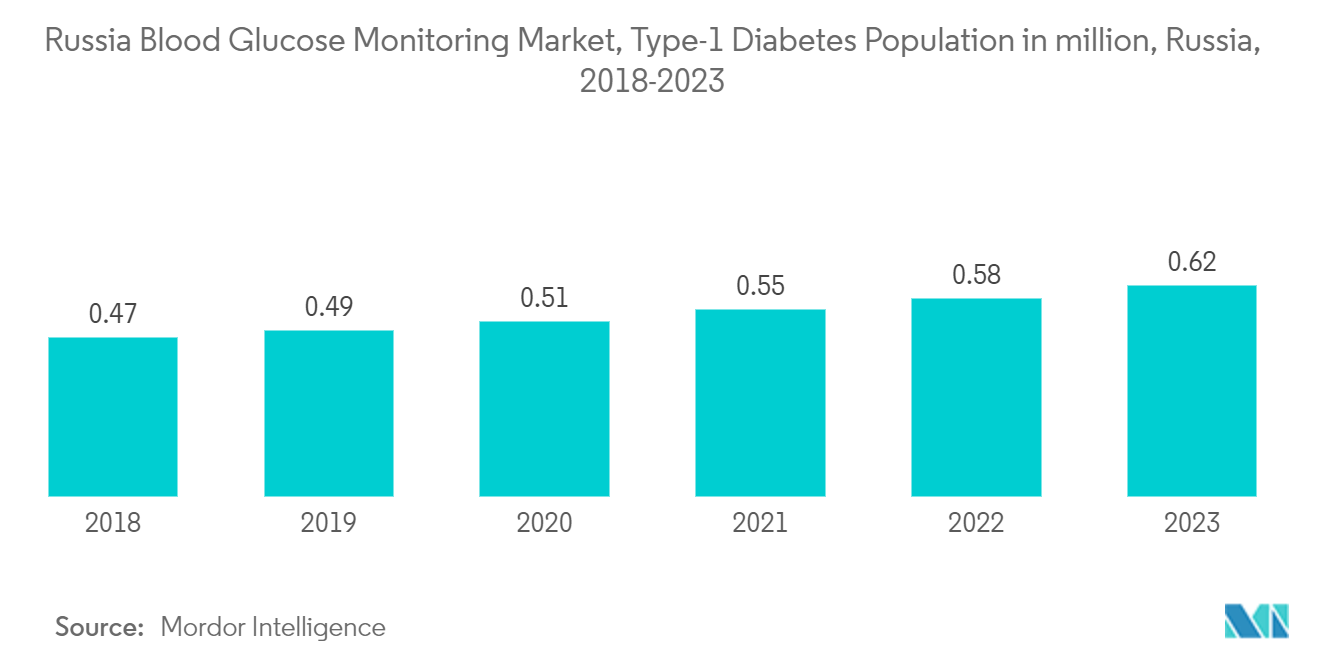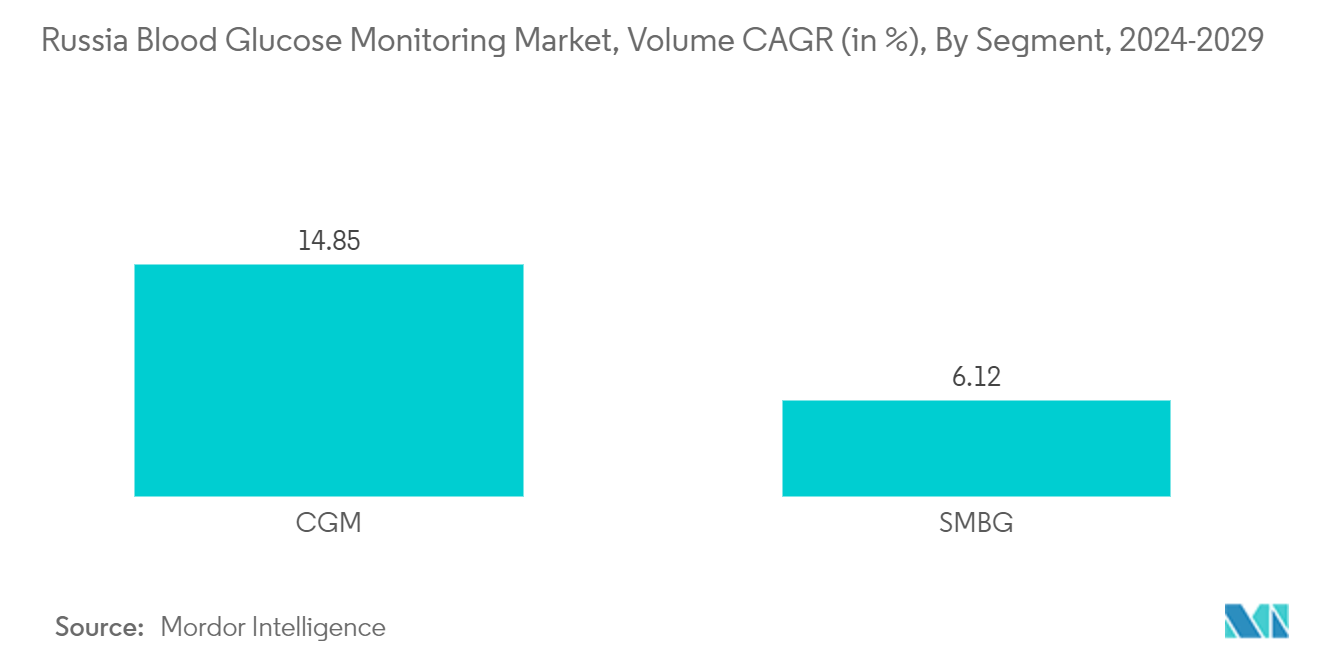Market Trends of Russia Blood Glucose Monitoring Industry
Increasing Type-1 diabetes population across Russia
According to IDF, to reduce the diabetes epidemic in the country, the Russian government needs to fully implement a National Diabetes Plan that establishes a state budget that guarantees diabetes care to all Russian citizens.
Russia is working towards improving the reimbursement system for all aspects of diabetes care, limiting out-of-pocket payments, and preventing households from incurring catastrophic expenditures. Also, implementing a national screening program to improve the early identification of disturbed carbohydrate metabolism and creating a specialized diabetes health service under the Ministry of Health of the Russian Federation.
The COVID-19 pandemic emphasized the need for good glycemic control in patients with diabetes, largely because most observational studies have reported that poorly controlled diabetes is associated with a higher risk for hospitalization and death from a viral illness. The frequency of monitoring glucose levels depends on the type of diabetes, which varies from patient to patient. Type-1 diabetic patients must check their blood glucose levels regularly, monitor their blood glucose levels, and adjust the insulin dosing accordingly.
As a result of the factors above, the growth of the studied market in Russia is anticipated.

Continuous Glucose Monitoring Holds Highest Market Share in Russia Blood Glucose Monitoring Market.
Continuous glucose monitoring sensors use glucose oxidase to detect blood sugar levels. Glucose oxidase converts glucose to hydrogen peroxidase, which reacts with the platinum inside the sensor, producing an electrical signal to be communicated to the transmitter. Sensors are the most important part of continuous glucose monitoring devices. Technological advancements to improve the accuracy of the sensors are expected to drive segment growth during the forecast period.
The current CGM devices show a detailed representation of blood glucose patterns and tendencies compared to a routine check of glucose levels at set intervals. These technologies overcome many of the limitations of self-monitoring blood glucose (SMBG) by fingerprick, allowing it to go beyond HbA1c to check glucose control in diabetes.
Furthermore, the current continuous glucose monitoring devices can either retrospectively display the trends in blood glucose levels by downloading the data or give a real-time picture of glucose levels through receiver displays. The continuous glucose monitoring (CGM) sensors have opened new scenarios to assess, off-line, the effectiveness of individual patient therapeutic plans and stimulated the development of innovative online applications, such as hypo/hyperglycemia alert systems and artificial pancreas closed-loop control algorithms. Continuous glucose monitoring devices are becoming cheaper with the advent of new technologies.
The increased diabetic prevalence in Russia and the above factors will likely drive segment growth during the forecast period.


